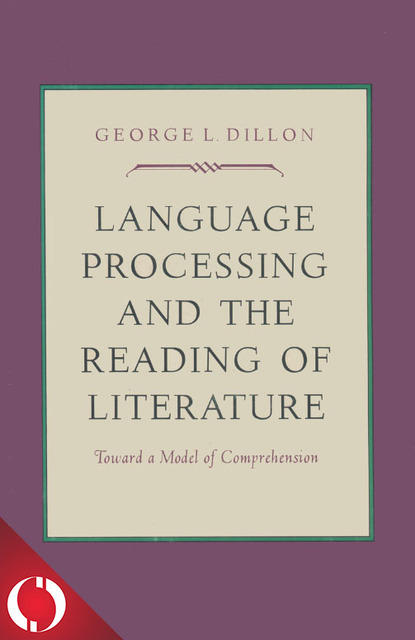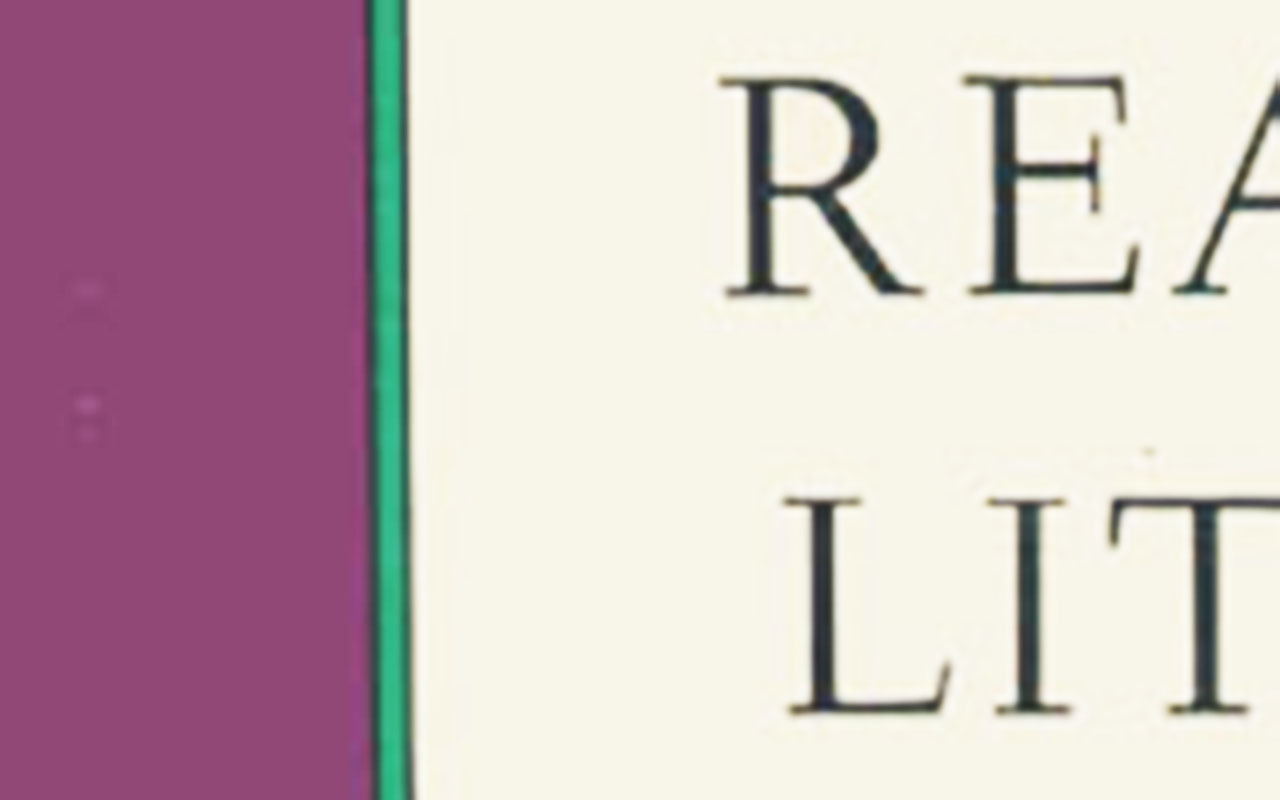Language Processing and the Reading of Literature
Language Processing and the Reading of Literature
Toward a Model of Comprehension
Dillon draws upon recent studies of language processing to ask how linguistic form shapes readers' (or hearers') responses to literary texts. The resulting model of comprehension gives an explicit account of the strategies readers may use in analyzing and comprehending passages from Spenser, Milton, Wordsworth, Henry James, Faulkner, Wallace Stevens, and other notoriously "difficult" writers. Dillon's model bears on many of the major issues in current literary theory, such as whether and how "literary" reading differs from other kinds of reading and what the function and importance of ambiguity is within a literary work. The book's overall aim is to supplant William Empson's Seven Types of Ambiguity as an account of how we do and should read literature.

Table of Contents
Metadata
- isbn978-0-253-05098-4
- publisherIndiana University Press
- publisher placeBloomington, Indiana USA
- restrictionsCC-BY-NC-ND
- rightsCopyright © Trustees of Indiana University
- rights holderIndiana University Press
- rights territoryWorld
- doi
We use cookies to analyze our traffic. Please decide if you are willing to accept cookies from our website. You can change this setting anytime in Privacy Settings.


